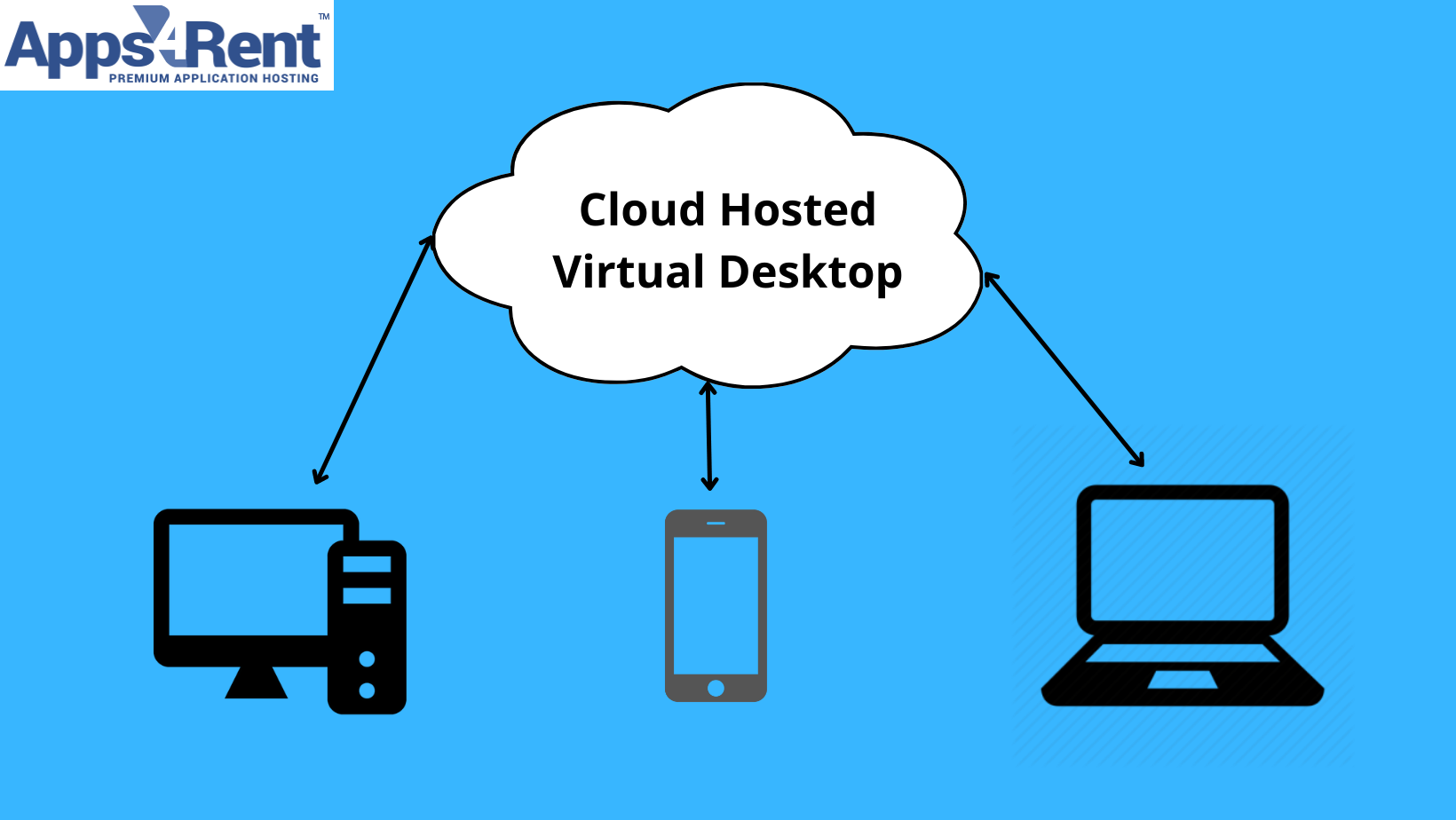The Hosted Virtual Desktop (HVD) is deployed as a separate virtual machine on a central server and accessed from portable devices over the Internet. It is widely accepted because it provides the same user experience as a traditional PC and can significantly reduce the total cost of ownership (TCO). Considering the cost of purchasing upfront hardware and the cost of ongoing maintenance and upgrades, the total cost of owning a traditional PC can reach thousands of dollars each year.
Benefits of hosted virtual desktops
Enterprises have been using traditional desktops for almost 30 years before mobile devices grew and, as a result, the BYOD (Bring-Your-Own-Device) industry and flexible work environment exploded. In today's workplace, organizations need to manage multiple devices for each user and have access to business applications anytime, anywhere. Hosted Virtual Desktop can meet today's workplace challenges and drive mobile workers while optimizing cost efficiency and employee productivity.
The low total cost of ownership
Perhaps the most important advantage of HVD over traditional PCs is low acquisition and operating costs. Remote access to applications and storage hosted on cloud service provider servers can save organizations significant capital spend on acquiring and upgrading hardware resources (CapEx).
Easy maintenance and updates
If the desktop is hosted externally, it requires significantly less hardware for maintenance and upgrades. The HVD provider is responsible for the ongoing maintenance of the cloud-based IT infrastructure. All software security updates and patches need to be installed only once on the central server, rather than updating multiple individual devices. HVD can also reduce the number of IT staff required to maintain hardware
Conclusion
Hosting service providers such as Apps4Rent can help you set up virtual desktops to ensure 99% or more availability of your services.


